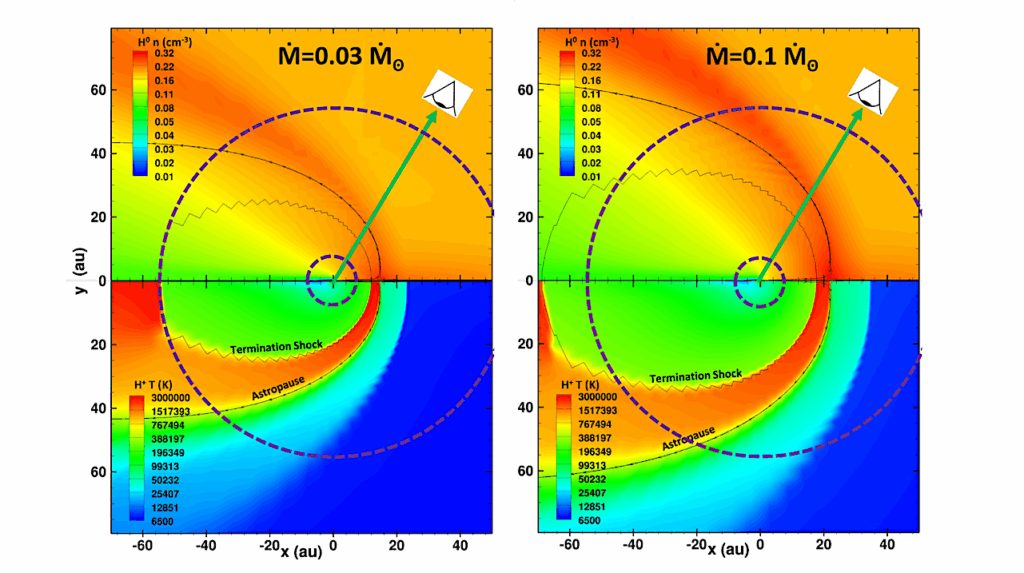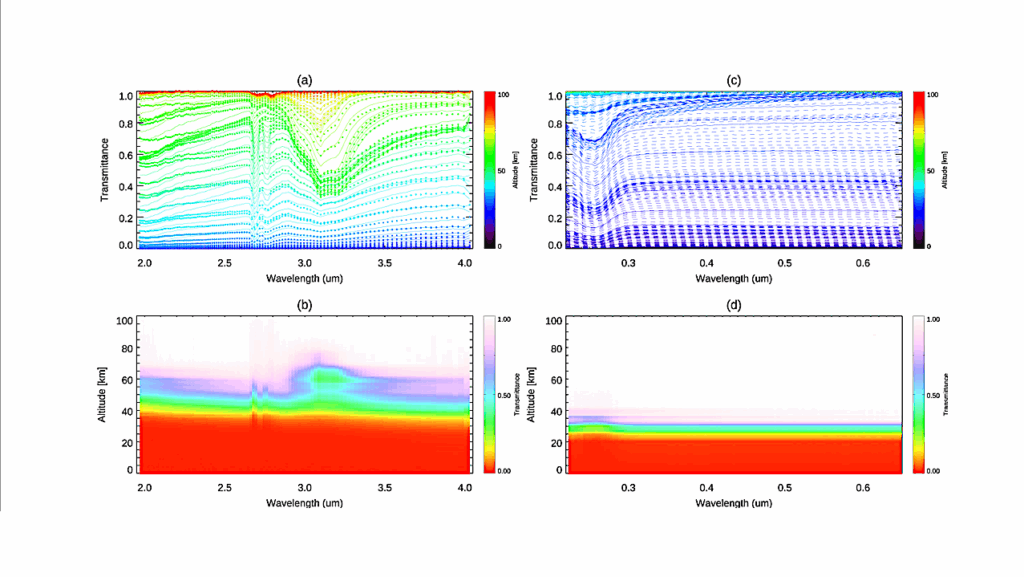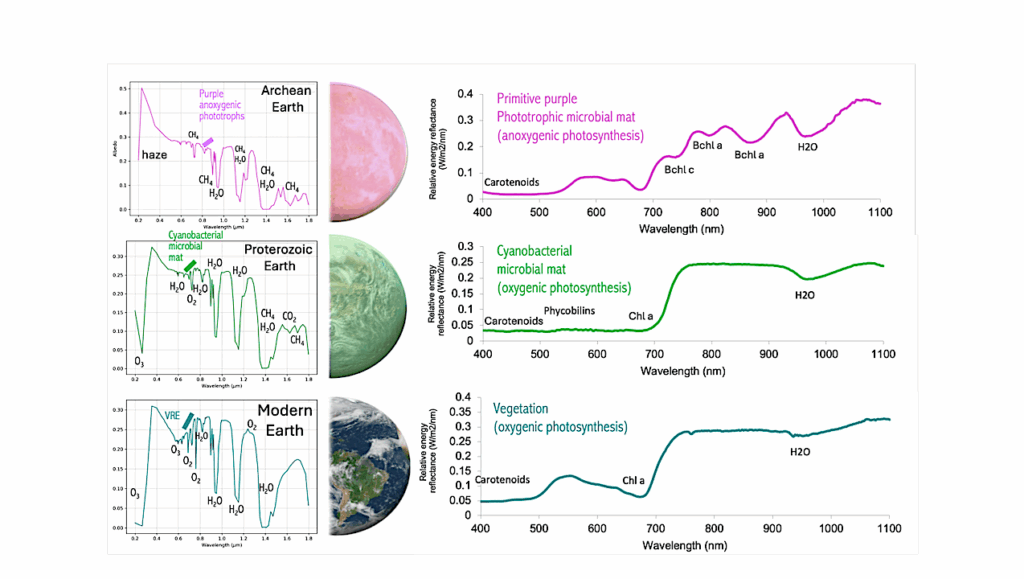Cosmic Radiation Drives Quasi-periodic Changes In The Diversity Of Siliceous Marine Microplankton

Radiolarians are significant contributors to the oceanic primary productivity and the global silica cycle in the last 500 Myr. Their diversity throughout the Phanerozoic shows periodic fluctuations.

Top: Vertical motion of the Solar system about the Galactic plane, where Z is the distance of the Solar system from the Galactic plane in parsec (pc). Bottom: Origination rates (red) and diversity (navy blue) for Phanerozoic radiolaria genera. The position of red arrows marks the maximum excursion of the Solar system from the Galactic plane towards North, while the black arrows show maximum excursion of the Solar system from the Galactic plane towards South. — astro-ph.EP
We identify a possible abiotic candidate for driving these patterns which seems to potentially influence radiolarian diversity changes during this period at a significance level of ∼2.2σ. Our finding suggests a significant correlation between the origination of new radiolaria species and maximum excursions of the Solar system from the Galactic plane, where the magnetic shielding of cosmic rays is expected to be weaker.

The Sun system’s oscillatory motion in our Galaxy. A: Solar system’s oscillatory motion through the plane of the galaxy in the past 500 Myr (Gies & Helsel, 2005); B: Solar system’s distance from the Galactic center (Gies & Helsel, 2005); C: Intensity of the magnetic field in the past 500 Myr (Denis et al., 2002); D: The period of the Solar system oscillation perpendicular to the Galactic disk Pz = 63.5 Myr and the maximum excursions of the Solar system from the Galactic plane, where the magnetic shielding of cosmic rays is expected to be strongest; E: Solar system moving in the Galaxy as viewed from above the Galactic plane (Credit: solarsystem.nasa.gov/beyond). — astro-ph.EP
We connect the particularly strong radiolaria blooming during the Middle Triassic to the so-called Mesozoic dipole-low of the geomagnetic field, which was in its deepest state when radiolarias were blooming. According to the scenario, high-energy cosmic rays presumably implied particular damage to the DNA during the maximum excursions which may trigger large chromosomal abnormalities leading to the appearance of a large number of new genera and species during these periods.
Péter Ozsvárt, Emma Kun
Comments: 13 Pages, 2 Figures. Submitted to Astrobiology. Comments welcome
Subjects: Populations and Evolution (q-bio.PE); Earth and Planetary Astrophysics (astro-ph.EP); Astrophysics of Galaxies (astro-ph.GA); High Energy Astrophysical Phenomena (astro-ph.HE); Atmospheric and Oceanic Physics (physics.ao-ph)
Cite as: arXiv:2402.09163 [q-bio.PE] (or arXiv:2402.09163v1 [q-bio.PE] for this version)
Submission history
From: Emma Kun
[v1] Wed, 14 Feb 2024 13:27:31 UTC (9,825 KB)
https://arxiv.org/abs/2402.09163
Astrobiology








